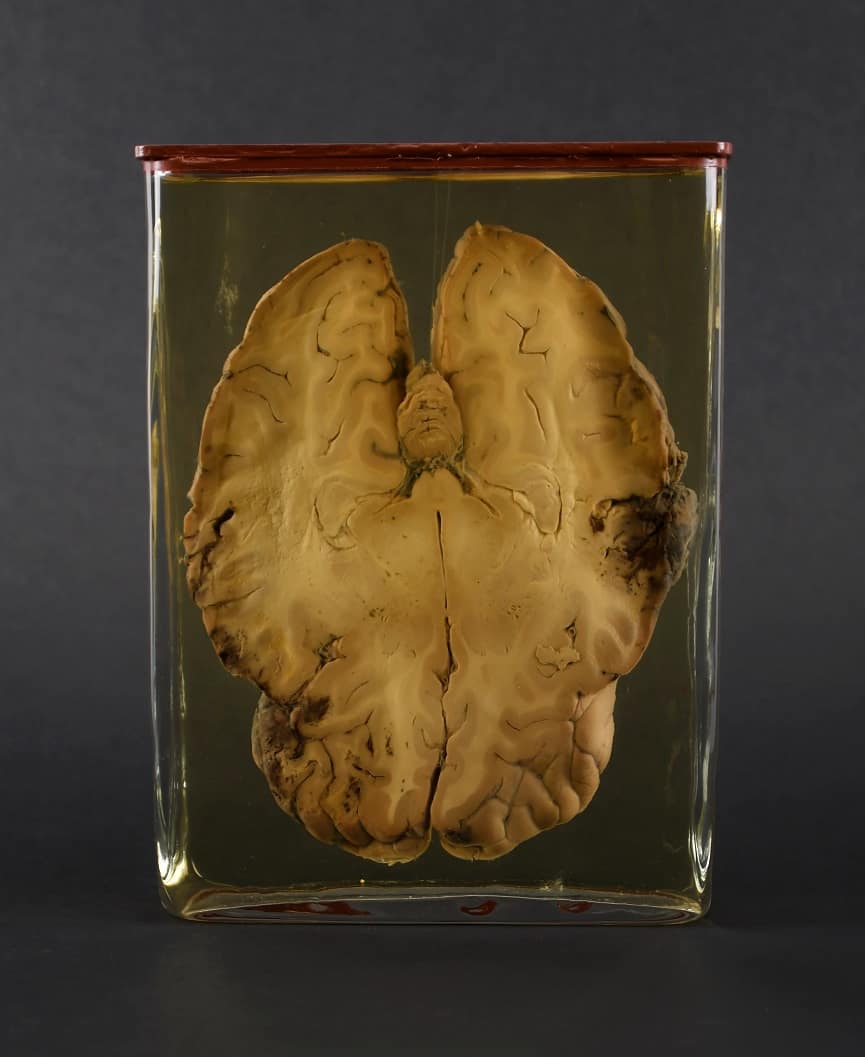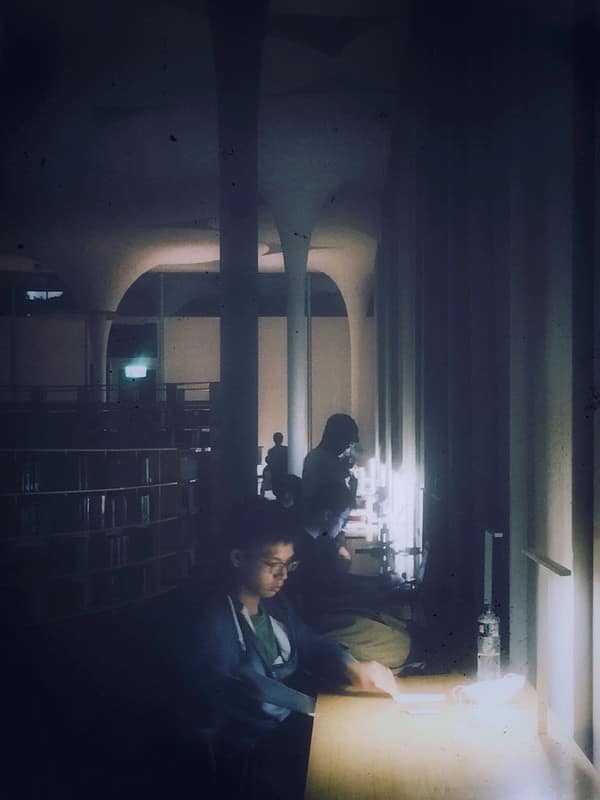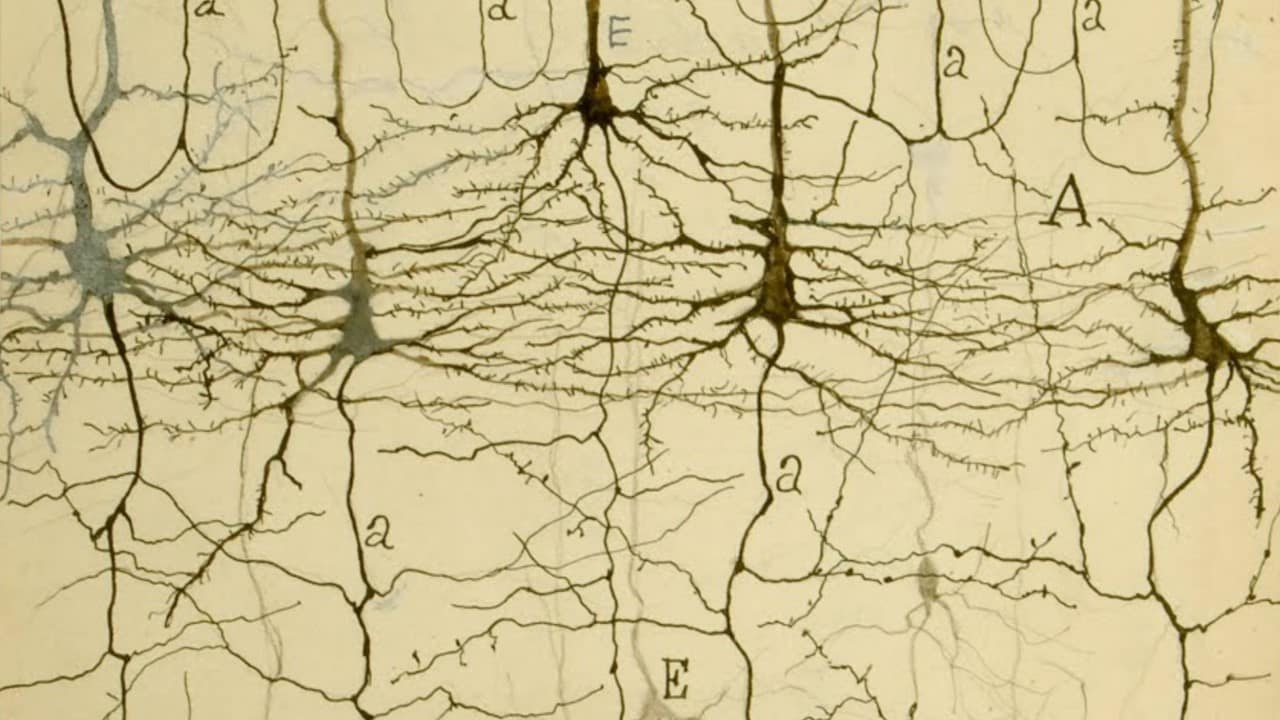Cyclists are vulnerable, and particularly older cyclists have an increased risk of crashing. Therefore, Frank Westerhuis and his colleagues from the traffic psychology group investigated countermeasures to increase cyclists’ safety. This blog post reveals whether they were succesful in achieving this by using illusionary objects next to the cycle path.
Who hasn’t wanted to look inside someone’s head, especially when that person is acting strangely? A look into the brain can indeed be revealing, both from a medical and neuropsychological point of view, but also from an educational one. This is literally the case with ’P-0255’. But P-0255 is not an old personnel number as a colleague suspected, nor is it a neuroimaging scan; it is the number of a specimen from the University Museum’s pathological brain collection that shows a particular form of traumatic brain injury: a coup contre-coup.
Learning helps us cope with changes in our surroundings, and also find the best neighborhood ice cream parlor. Yet, it usually becomes harder as we get older. Thankfully, scientific findings show that it doesn’t always have to be that way.
The opening hours of the university library in Groningen extend to 23:59h during exam weeks. But is it wise revising your exam materials late at night? Sophia Wilhelm puts this to doubt, and bases this on neuroscientific evidence.
Many think that believing in monism and not in any kind of metaphysical soul means believing in no mind at all. I am clearing up this misconception and argue that if the brain is the mind (just on a different level), psychology becomes the indirect study of the brain and neuroscience becomes the indirect study of the mind.
Behavioural geneticists have shown that individual differences are partly driven by variation in DNA. Important discussions about this work include the innovation in methods, whether it possible and wise to use these findings in everyday life, and the ethical boundaries when applying these findings. We review these questions in this post.
Scientific sources and popular media alike frequently report on the occurrence of university students feigning attention-deficit/hyperactivity disorder (ADHD) and misusing stimulant medication for non-medical use. How is it with the BSS students at our faculty?
What’s happening at the faculty now that we are in lock-down? Actually, more than you think. This blog post gives you a sneak preview of the changes that happened to the faculty garden and the Heymans building.
University students with symptoms of Attention Deficit / Hyperactivity Disorder (ADHD) often suffer from negative mood symptoms. This blog post reveals why this association exists.
Neuropsychological research suggests that people do not all experience and memorize colors in the same way. One person’s ‘red’ could be another person’s entirely different color. In this post, Diana Wagner explores the implications of recent research on visual perception.










